New HPE Global Sales Officer Davis On His Goal To Drive A Higher Percentage Of Sales Through Partners, Compensation Changes, DevOps Business Model Innovation And The HPE Next Initiative
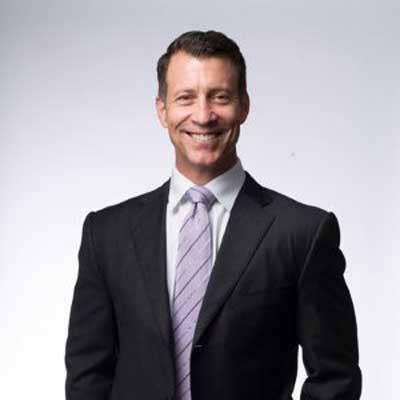
Davis On Upping The Indirect Sales Percentage
New Hewlett Packard Enterprise Chief Sales Officer Phil Davis, who takes the helm of the HPE sales force Nov. 1, says his aim is to increase the total percentage of sales through channel partners.
Davis, in fact, did just that during his three-year tenure in Asia-Pacific Japan (APJ), where the percentage of sales through partners is above 80 percent compared with about 70 percent globally for HPE.
"Coming into the worldwide role, that would be a goal of mine: How do we increase the overall mix of our business through the channel?" said Davis, who is in the process of moving from Asia to the U.S. for the start of the HPE fiscal year Nov. 1.
Another breakthrough from Davis' APJ tenure was a plan to simplify the compensation structure with similar terms and conditions across servers, storage and networking. That simplified compensation structure – which received rave reviews from partners – is also something Davis is looking at bringing to the U.S. and around the globe.
"The feedback from partners in Asia was very, very positive," said Davis. "They felt it was a much more simplified program. So we are looking to roll that out and be more consistent everywhere in the world."

What is your message to partners as you take the helm on Nov. 1?
Actions speak louder than words. Look at our long history and legacy with the partners and the channel. It speaks for itself. Partnership first is one of our three core values. Our commitment to the channel has been long and unwavering.
If you take a look at our percentage of sales through the channel, we tend to run in the 70s worldwide. Over in Asia we have been able to drive that up and we are now over 80 percent. So we are in the low 80s depending on the particular quarter. Coming into the worldwide role, that would be a goal of mine: How do we increase the overall mix of our business through the channel?
If you take a look at the investments we are looking for for FY 18, they are going to continue to be very focused on the channel. We have been making some big investments internally in terms of making it easier to do business with HPE and, most importantly, easier for partners to make money.

Talk about the commitment to move a higher percentage of sales through the partners in the U.S.
When you take a look at where we see opportunities as we segment the market, the channel represents huge reach that we are never going to be able to duplicate on our own. This is why the channel is so important for us. Some of the channel partners have great relationships in the Global 100, but a lot of partners have great reach into the SMB and midmarket. If you take a look at the U.S., that market represents a great opportunity for us and certainly as we go into FY 18 we are going to be very, very focused on driving SMB.
We have done either a partner-first or partner-only play with some of the products in Asia. It is good to see the U.S. also following suit with [a 100 percent channel-only sales model for] Nimble and SimpliVity. That is a great example of actions speak a lot louder than words. When you say you are going to put 100 percent of that business through the channel, that is a pretty big statement.
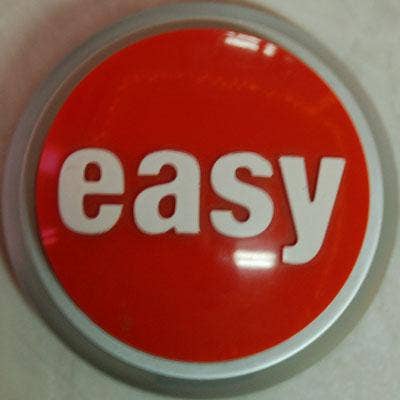
Talk about the plan to simplify, streamline and make it easier to do business with HPE.
We are making some big investments internally particularly around our IT systems that make it much, much easier to do business with us.
Another example of making it easier, which we think will drive up the mix through partners, is making it easier to configure and therefore get price quotes for products. If you look at the way things were done nine months ago, if a partner wanted to quote something they would come to us, we would configure it, give it to them, they would give it to the customer. And then something would change and they would come back to us, we would reconfigure it and it would go back to the partner. On average, we would see a customer want to look at four or five different configurations. That could introduce two or three days each time. That could really slow things down. So we have launched a new online configurator, One Config Advanced [OCA].

What does the new online configurator tool mean for partners?
It compresses the time down [to generate a price quote] and also puts the power right in the partner's hands to be able to generate their own configurations. It really speeds up the whole quoting process.
That is the kind of thing we have been driving in APJ and worldwide. I think that is really going to help drive the mix through the partner community. We are in the process of rolling that out everywhere.
It is going to be a very powerful tool that will make our partners more efficient. The goal here is to make sure our partners are waking up every day excited about doing business with us and delighted with the experience of doing business with Hewlett Packard Enterprise.

Is OCA an order of magnitude above what was there for price quotes?
It absolutely is. There were several things we heard from partners and we worked on: one is the online configurator, second is helping them automate a lot of their business processes so it is easier to integrate with us, and third we hear a lot that partners love PartnerReady. They say it is the best program in the industry, but partners wanted to continue to work with us to optimize it.
One of the things we heard about two years ago is that storage paid at one rate, servers paid at a different rate, networking paid at a different rate. Partners told us it would be better if there were more consistencies throughout the product portfolio because then they could better predict their payouts. It would be simpler and easier for them to understand how they were going to make money.
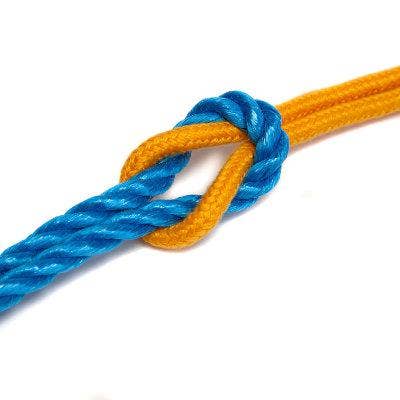
Talk about how you implemented that structure in APJ and what the partner reaction was.
What we did in APJ going into FY 17 was harmonize PartnerReady across the entire hardware portfolio with the exception of Aruba, which has a slightly different program. But all the other hardware portfolios had the same exact [compensation] structure. The feedback from partners in Asia was very, very positive. They felt it was a much more simplified program. So we are looking to roll that out and be more consistent everywhere in the world.
The configurator is a big breakthrough, along with automating business processes and continuing to simplify the already best partner program in the industry. Those are some of the things we have been doing in APJ, the U.S. and are looking to accelerate in FY 18.

Talk about the compensation changes that partners could see effective Nov. 1.
We have enterprise advisory councils in each of the key markets to help guide us as we are going through this process. We don’t want to do this in a vacuum. We want to get good feedback. We have been in that process for about three months everywhere in the world.
We have got some ideas and we have been working with enterprise advisory councils. We will be rolling out some changes to PartnerReady everywhere in the world, including the U.S. But we are not yet in a position to get into the specifics. We are still finalizing it. What we want to do is to collaborate with our partners and make sure we don’t get it wrong. The last thing you want to do is change the program to make it better for the partners and then get the feedback that the partners don’t like where you have gone.
We will be in a better position over the next three to four weeks to be able to provide some more specifics on that.

Talk about Voyager and what that will mean to partners.
We are in the process of rolling out a new tool called Voyager, which will automate a lot of manual reporting that partners have to do. We want to get readouts on sell-through and a lot of the business data. That is really where Voyager is focused.
We have multiple IT tools that we have either recently launched or are in the process of launching that are going to help partners. The ideal here is a zero touch from us so partners have all the power in their hands so they can move very, very quickly to meet their end customers’ needs.

What will the impact of Voyager be on the channel ecosystem?
If you are a reseller or particularly a distributor who stocks and sells, you want to spend less money manually doing things and spend more time selling to customers.
The second thing you obviously want to do is to be able to optimize your inventory turns and your cash flow. That is where we were going with Voyager – how do we automate a lot of those processes that are manual, a lot of that data pulling and going back and forth. That is critical because that ties back into rebates and how you make money.
We can also provide better analytics in terms of which SKUs are moving more quickly so they know where they need to invest their capital. It enables them to make more intelligent decisions. That becomes important for cash conversion cycles or the amount of capital they have tied up inventory.
We want to help them take costs out and help them to deploy their capital in the most efficient manner possible.
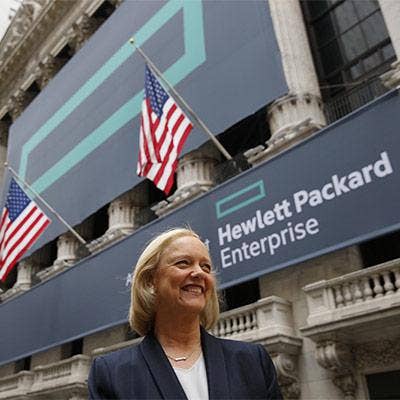
Talk about the HPE Next initiative to streamline and take layers out of the company.
HPE Next is a reinvention of our company overall. There are three guiding principles that are very, very clear. The number one guiding principle of HPE Next is customer first. Everything we do has got to be to help benefit our customers and partners. Number two is really about being much more focused in terms of the markets where we do business, the parts of the portfolio. And initiative number three is around simplicity. HPE Next is all done with an eye toward those three priorities.
The more layers you have between the CEO and the customer, the more complexity inevitably that gets introduced into the system and the more you get distant from the customer and therefore customer first becomes more difficult.
We believe reducing layers will get everybody in the organization much more customer focused, much closer to the customer and help us simplify the way we are engaging with our customers and our partners.

Talk about the drive to eliminate bureaucracy within HPE.
Certainly, bureaucracy is the enemy of simplicity. So we want to continue to break down anything that is simply bureaucracy for bureaucracy's sake.
Whether it is IT tools, streamlining the layers of management or reducing the amount of internal meetings, we think all of those are opportunities with HPE Next. We think that will help us be a better partner to the channel and our end-user customers as well.
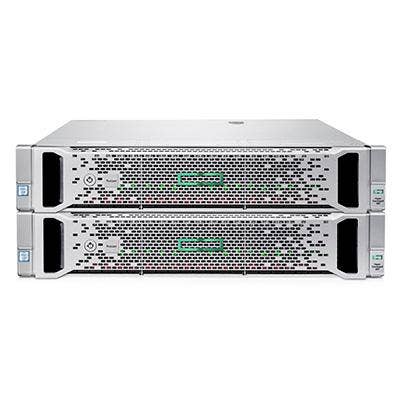
What is your mood as you take the helm of the global sales force?
The place you really have to start there is with the innovation engine at Hewlett Packard Enterprise. I had spent some time at different places and even some direct competitors [Davis spent six years at Dell as vice president and general manager of enterprise solutions from 2008-2014]. What attracted me to HPE four years ago was the strength of the innovation portfolio. I believed that HPE was making the right investments to position the company for long-term success. If you look at the innovations we are bringing to market, it is the best portfolio in the industry.
We continue to be the leader in blades and we have led the market every quarter since IDC began tracking it. Now we have launched the next generation of blades we call Synergy. Not only did we create the last [breakthrough server] category, we now have created the next generation of that very same category. That is pretty unique and pretty cool.
When you look at Synergy, you now have public cloud economics in your own infrastructure. When you combine that with Flexible Capacity you can pay as you go, scale up, scale down, only pay for what you consume. Now you get all the benefits of public cloud and private cloud. No compromises.

How big an issue is security and what are you doing there?
Nonstop we are hearing about problems with end users and security. It is one of the number one concerns I hear from every CIO.
We just launched Gen10, which is the most secure industry-standard server in the world. We are different than the other server vendors in that we still make our own silicon and put it on the motherboard. The value of that is that enables us to securitize that server at the root level -- at the firmware level. If it doesn't match, the server won't boot.
We are still adding innovation around industry-standard servers and the benefit to the customer is they get a much more secure computing environment than they would with any other industry-standard server vendor on the planet.
The innovation engine we have is second to none with clear and demonstrable benefit to our customers. The feedback to partners is really, really positive.
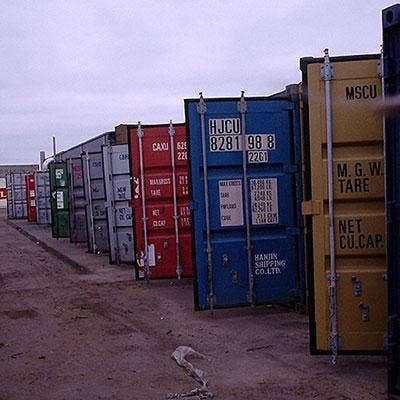
Talk about the acquisitions that have brought innovation to HPE.
The feedback from Nimble has been nothing but positive. Partners like the fact that we are going to focus that through the channel. Customers like the machine learning and the built-in analytics capability that improves the overall customer experience and uptime. We decided to go buy the most innovative storage product out there and add it to the overall portfolio.
While we want to make the right acquisitions, we still see huge opportunities to partner in the innovation ecosystem to bring the complete solution to market. Docker is a great example of that. We believe that container technology has an opportunity to be very, very disruptive on cost for the end customer, and we believe Docker is the leader and we have developed a very tight strategic relationship with them.

Talk about PartnerReady and your commitment to the program.
We have the best partner program in the industry and we have for a number of years. But it won't stay the best if we rest on our laurels. We have to continue to innovate and we have to continue to work closely with our partners to meet their needs. That is really the spirit of where we are going.
I talk a lot about the technology innovation engine, and there is no doubt we have the best portfolio in the industry. I think if you look at the business innovation side, we maybe haven’t been quite as aggressive as we could be.
Starting with TI [Texas Instruments], I then went to four different startups: one that went public and that was cool; then I was at one that promptly failed, that was not so cool. Then I was at two that actually quickly got bought. I was at RLX Technologies, which got bought by HPE.
I learned a lot about innovation and risk-taking. I would like to see us be more innovative on the business side.

How do you envision that business model innovation taking place within HPE?
What I like about startups is they are willing to try something and if it works, great – if not, they learn from it and just adapt. I am sure you have heard the term ’DevOps.’ In the old days, you had development, then you rolled the big code release to operations. Today the whole theory of DevOps is you are going to make small changes and iterate quickly and then you get those small changes to market very, very quickly. I think you can almost have a DevOps point of view around business innovation: How do we make small changes, try things out, experiment? If it works, great -- if it doesn't, then you still learn some things. You learn how to make things better.
What I would like to see is HPE be more innovative on the business side just as we are so innovative on the technology side.

What do you want partners to know about what you are looking to bring to the table?
There are a lot of different management maxims and theories. If you look at our results at APJ, they have been very strong. I think a lot of leaders kind of get it backwards. They focus on the market share. They focus on the financial metrics or the EPS. If you look at what we have been focused on at APJ, two things come to mind -- delighted customers and partners that strongly prefer working with you and really engaged and energized teams that view this as the best place to work. If you have that, then I think all the other things I was talking about -- the market-share gains, the great financial performance, EPS -- that follows. So coming into the role I will be focused two things: How do we make this the best possible experience for our customers and partners, delighting them, and how do we make this the best place to work for our team members? Because no matter how much you focus on customers, if that last mile -- call center agent, inside sales rep or partner sales rep -- doesn’t give the end customer a really good experience nothing else matters.